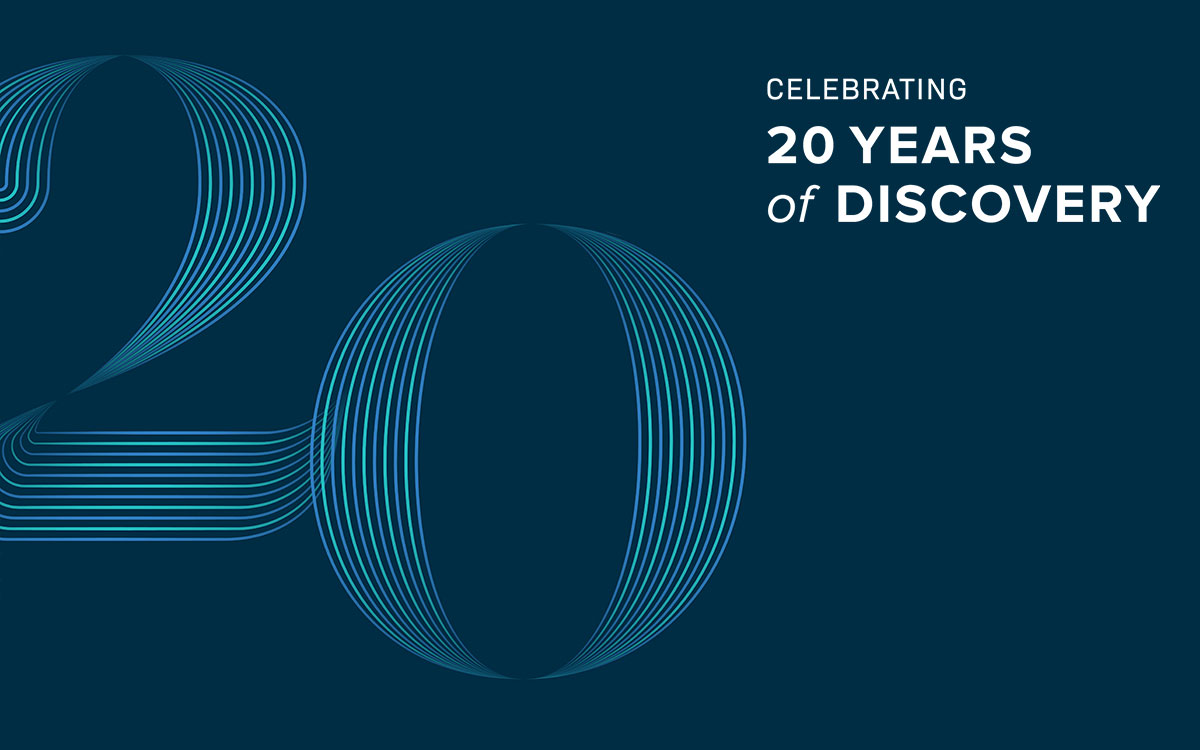2005
 Old Habits Die Hard – October 19, 2005
Old Habits Die Hard – October 19, 2005
Ann Graybiel identifies patterns of neural activity in the basal ganglia that change when habits are formed and broken — which may explain why bad habits like addiction are so hard to shake.
2006
 Developing Connections – February 14, 2006
Developing Connections – February 14, 2006
By studying the formation and modification of synapses, Martha Constantine-Paton discovers how the visual system in the developing brain is wired in response to activity and experience.
2007
 Artificial Vision – February 23, 2007
Artificial Vision – February 23, 2007
Tomaso Poggio creates a computer model that mimics human vision — technology that is now used in “smart” vehicles to recognize pedestrians, cyclists, and other vehicles.
2009
 Paying Attention – May 28, 2009
Paying Attention – May 28, 2009
Robert Desimone finds that neurons in two brain regions fire in synchrony when we pay attention, and that disruptions in these brain waves may be linked to attention disorders such as ADHD.
2011
 Localizing Language – August 30, 2011
Localizing Language – August 30, 2011
Ev Fedorenko and Nancy Kanwisher discover a network of brain regions specialized for language, a seminal finding that upends dominant theories of the time.
2012
 Stroke Synergy – August 20, 2012
Stroke Synergy – August 20, 2012
Emilio Bizzi identifies distinctive “muscle synergy” patterns in stroke patients that are now being used to develop more individualized rehabilitation programs in the clinic.
2013
 CRISPR Revolution – January 3, 2013
CRISPR Revolution – January 3, 2013
Feng Zhang reports the first use of CRISPR for genome editing in human cells, setting off a revolution in neuroscience and biomedical research around the world.
2014
 MRI Sensor – May 1, 2014
MRI Sensor – May 1, 2014
Using magnetic resonance imaging (MRI) and a specialized molecular sensor, Alan Jasanoff maps neural signals with high precision over large areas of the living brain for the very first time.
2015
 Expanding Brains – January 15, 2015
Expanding Brains – January 15, 2015
Ed Boyden invents expansion microscopy, a method that physically enlarges brain tissue up to 100-fold, providing stunning high-resolution images of the nanoscale structure of the brain.
 Time Keeper – October 8, 2015
Time Keeper – October 8, 2015
Mehrdad Jazayeri discovers networks of neurons that stretch or compress their activity to control timing, providing evidence that timing is a distributed process and that there is no single master clock in the brain.
 Singing in the Brain – November 30, 2015
Singing in the Brain – November 30, 2015
Michale Fee identifies neural patterns birds use to learn their songs, unlocking a clue to how the human brain may generate complex sequential behaviors like speaking a sentence or delivering a tennis serve.
2016
 Scanning for Disease – January 21, 2016
Scanning for Disease – January 21, 2016
John Gabrieli finds brain differences in children who are vulnerable to depression before symptoms appear, suggesting that brain scans may identify children at high risk for developing mental illness later in life.
2018
 Mind Reading – March 12, 2018
Mind Reading – March 12, 2018
Using a miniature MRI coil custom-tailored for smaller heads, Rebecca Saxe discovers that children as young as three have a brain network dedicated to interpreting the thoughts of other people.
 ALS Gene – May 4, 2018
ALS Gene – May 4, 2018
H. Robert Horvitz discovers that C9orf72, a gene linked to familial amyotrophic lateral sclerosis (ALS), helps eliminate waste products in cells — a key contribution to our understanding of this important gene.
 Uniquely Human – October 18, 2018
Uniquely Human – October 18, 2018
Mark Harnett discovers that human dendrites have different electrical properties from those of other species — a finding that may explain the enhanced computing power of the human brain.
2019
 Vision Quest – May 2, 2019
Vision Quest – May 2, 2019
James DiCarlo performs the most rigorous testing to date of computational models that mimic the brain’s visual cortex and shows that artificial neural networks can be used to control brain activity.
 Autism Model – June 12, 2019
Autism Model – June 12, 2019
Robert Desimone and Guoping Feng engineer monkeys to express a gene mutation linked to autism — the new model could help scientists develop better treatments for neurodevelopmental disorders.
 Brain’s Compass – August 12, 2019
Brain’s Compass – August 12, 2019
Ila Fiete identifies a brain circuit that distills complex information about the environment into a simple abstract compass in the brain — without which, “we would be lost in the world.”
 Magnetic Drug Delivery – August 19, 2019
Magnetic Drug Delivery – August 19, 2019
Using magnetic nanoparticles, Polina Anikeeva invents a technology to deliver drugs at precise times and in specific areas of the brain.
 Pitch Perfect – September 19, 2019
Pitch Perfect – September 19, 2019
In a cross-cultural study with members of a remote Bolivian tribe, Josh McDermott finds that perception of musical pitch varies across cultures and is not a universal phenomenon.
2020
 Sensory Gatekeeper – July 22, 2020
Sensory Gatekeeper – July 22, 2020
Guoping Feng and Mike Halassa meticulously map the thalamic reticular nucleus, the brain’s gatekeeper for sensory information — providing potential drug targets for sensory symptoms of autism.


